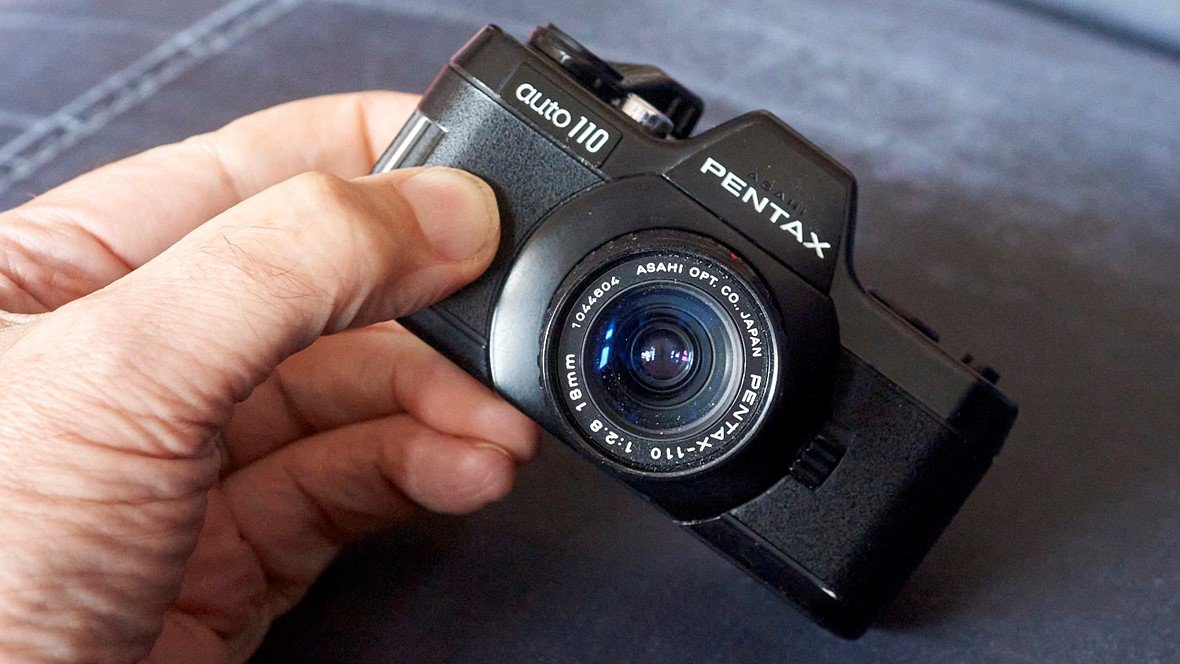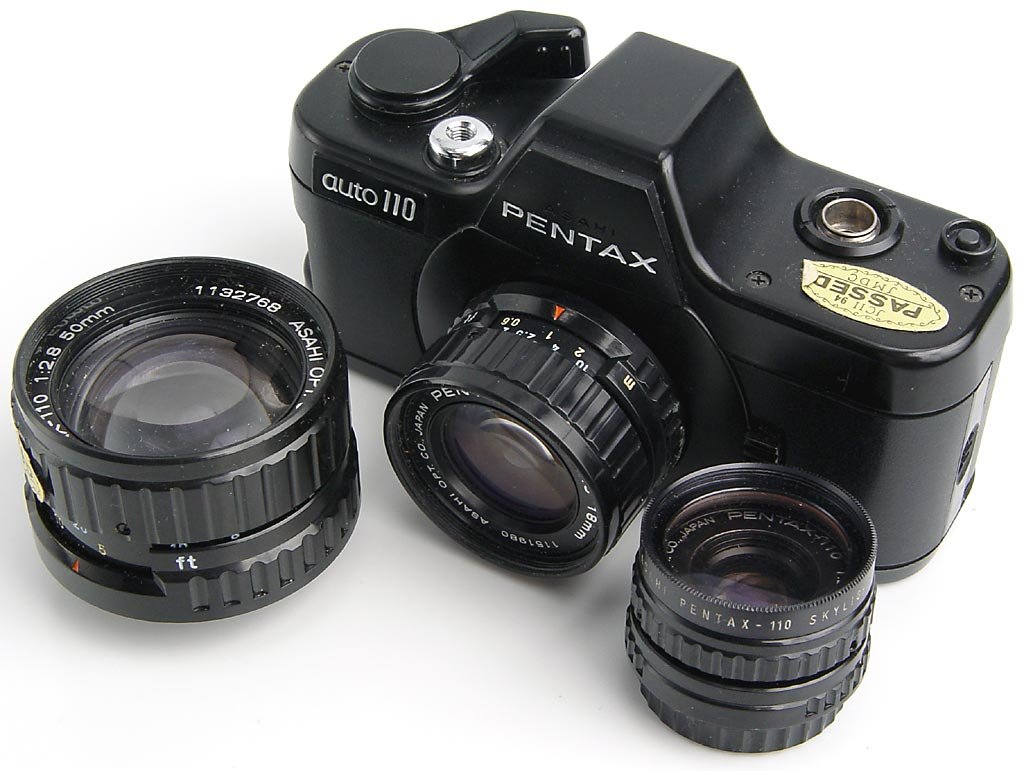6 of the Strangest 35mm Cameras Ever Made
The world of photography is filled with innovations and oddities, especially when it comes to 35mm cameras. While many cameras are known for their sleek design and advanced features, there are a few that stand out due to their unusual and sometimes downright bizarre characteristics. Here are a few that have made their mark as some of the strangest 35mm cameras ever made.
1. Canon Zoom DS-8
The Canon Zoom DS-8's design is quite distinctive, resembling more of a movie camera than a traditional still camera. This hybrid was designed to appeal to both photographers and videographers. It was equipped with a zoom lens, a rarity for 35mm film cameras at the time, which allowed for a versatile range of focal lengths to be used in both still and motion picture capture. The camera used Double Super 8mm film, a format that was popular for home movies and amateur filmmakers due to its relatively easy handling and processing.
One of the standout features of the DS-8 was its ability to shoot at different frame rates, which could be adjusted depending on the shooting scenario. This versatility made it an appealing choice for those looking to experiment with standard photographic compositions and created possibilities for those more interested in the 35mm camera’s motion picture qualities.
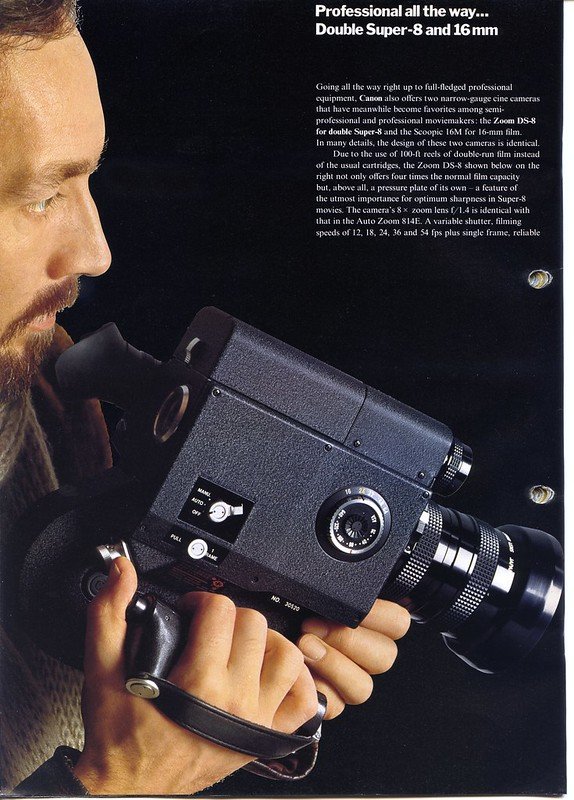
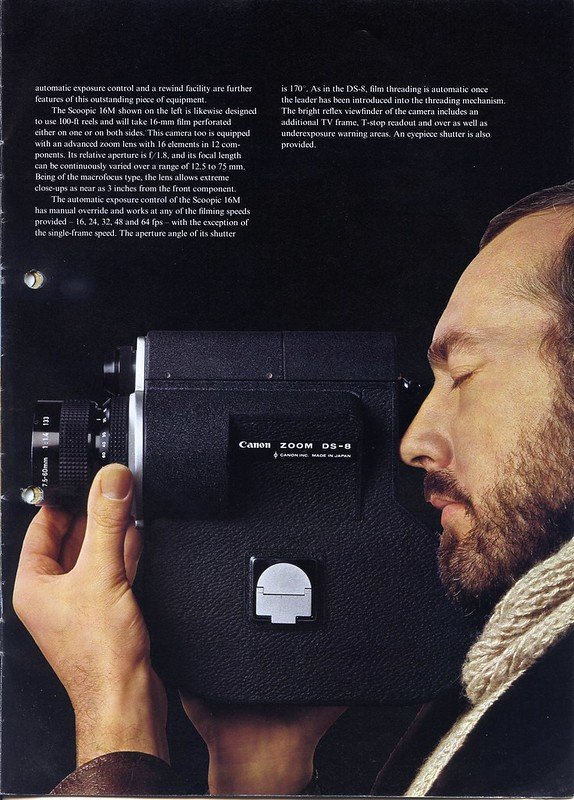
Despite its innovative design and the versatility it offered, the Canon Zoom DS-8 didn't achieve widespread commercial success. This was partly due to the niche market it targeted and the rapid advancements in both photography and filmmaking technologies that soon overshadowed its capabilities. However, this attempt to combine multiple analog mediums was way ahead of its time, it’s hybridization standing out within the world of 35mm cameras.
2. Konica AiBORG
This 35mm camera strikes an aesthetic balance that many others have yet to achieve, towing the line between a Ridley Scott film prop and a 90s Mc.Donald’s toy.
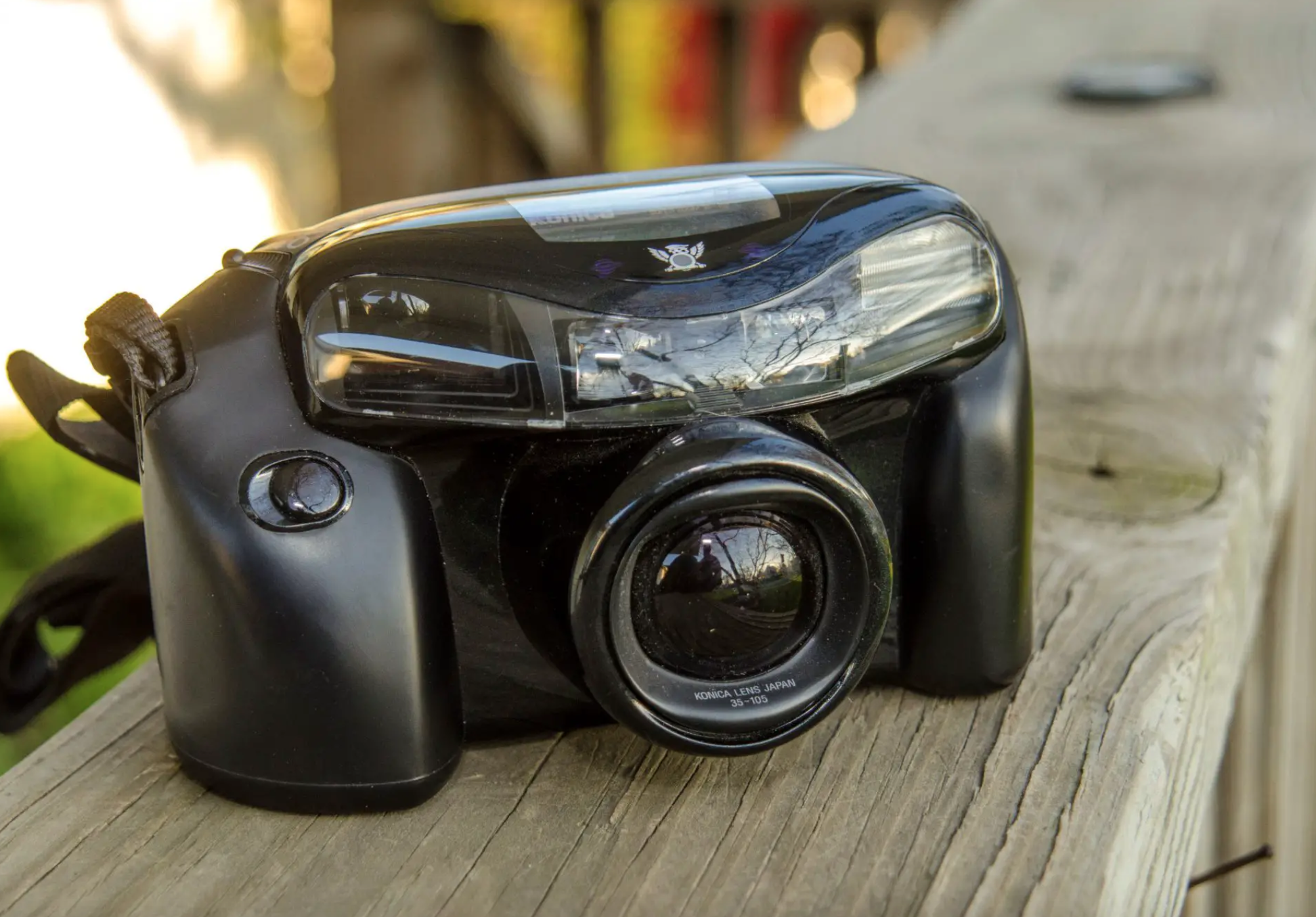
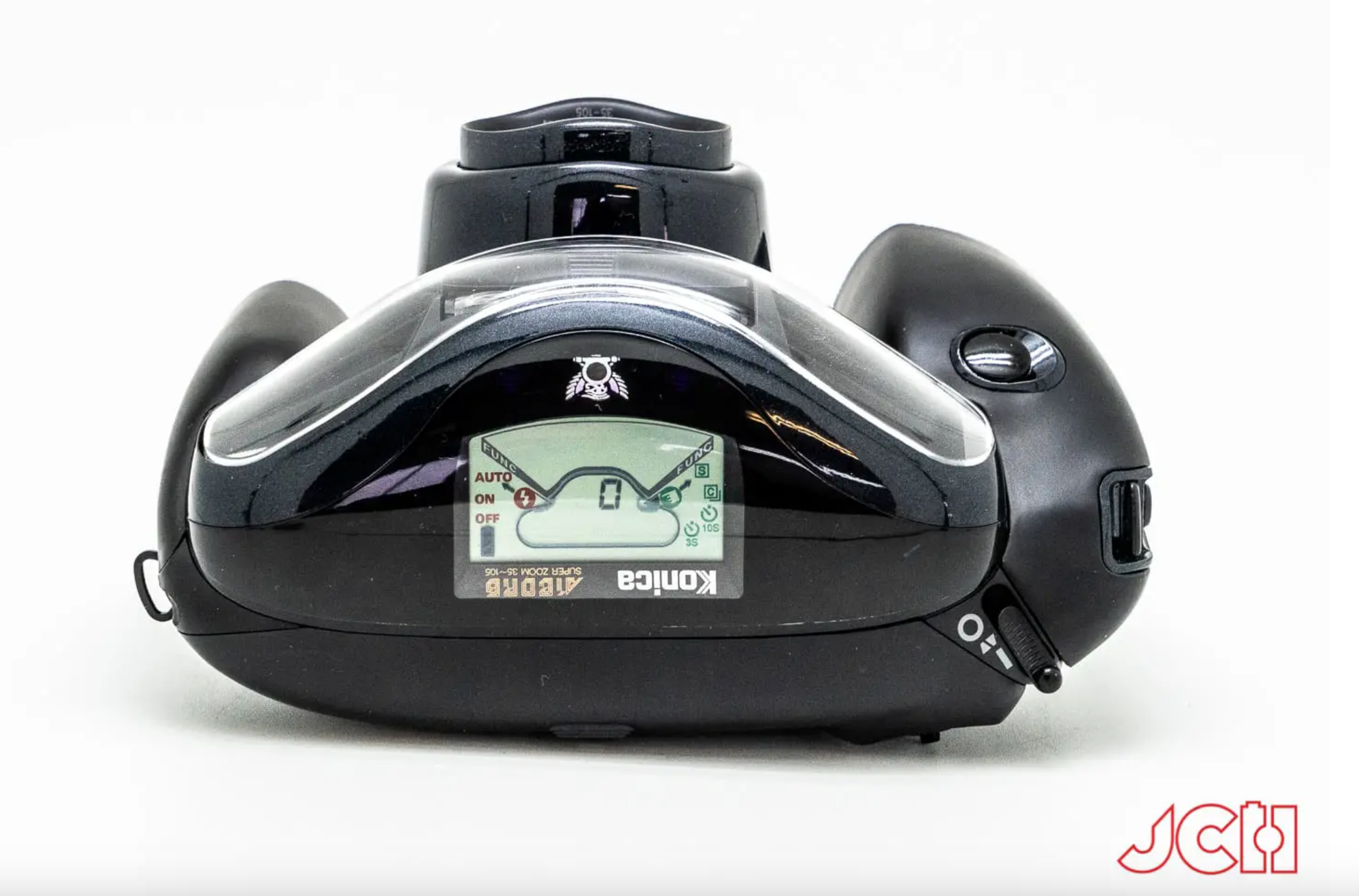
Released in the early 90s, this design was quite a departure from the traditional camera aesthetics of its era. Its shape and interface were designed with ergonomics in mind but resulted in a look that people either loved or hated. The AiBORG was equipped with autofocus and auto-exposure systems and a built-in zoom lens. The lens was a 35-105mm f/3.5-8.0, providing versatility for a range of shooting conditions from wide-angle to telephoto. It included an LCD panel that displayed information such as the zoom length, exposure, and frame count.
One of the notable things about this 35mm camera is that the camera had several unique features, including a "Super Night Mode" for low-light photography and a "Bulb" setting for long exposures. This was uncommon in point-and-shoot cameras of the time where the primary focus was on the complete basics. Although this camera garnered a largely negative reception I could easily see it cropping back up in 2024 with the reassurance of y2k and futurism. If you see this on your for you page, remember you saw it here first!
3. Lomo LC-A + Splitzer
The LC-A+ itself is a compact 35mm film camera that offers users a unique blend of manual and automatic controls. The Lomo LC-A+ Splitzer is an accessory designed for use with the Lomo LC-A+ camera. It attaches to the front of the LC-A+ camera and has movable parts that can block portions of the lens. This allows you to divide their frame into sections, enabling you to expose different parts of the photo separately. This means you can create composite images within a single frame of film by selectively exposing different sections of the photo at different times. The LC-A+'s has multiple exposure capability and the Splitzer makes it easier to plan and execute complex multiple exposure shots. Photographers can combine vastly different scenes into one photo, or slightly shift perspectives between exposures for a layered effect.
With the splitter you can create surreal landscapes that merge urban and natural elements, or portraits that combine different expressions or profiles of the same person/multiple people. This 35mm camera encourages you to think differently about composition, layering, and storytelling within images. The major downside to to this camera + adaptor combo is many would argue these kind of combinations could be created in post, that way you have the original photo and a uniquely experimental edit. However, analog is all about process and making these decisions in camera and seeing the final result on a negative is far more interesting than altering it in post.
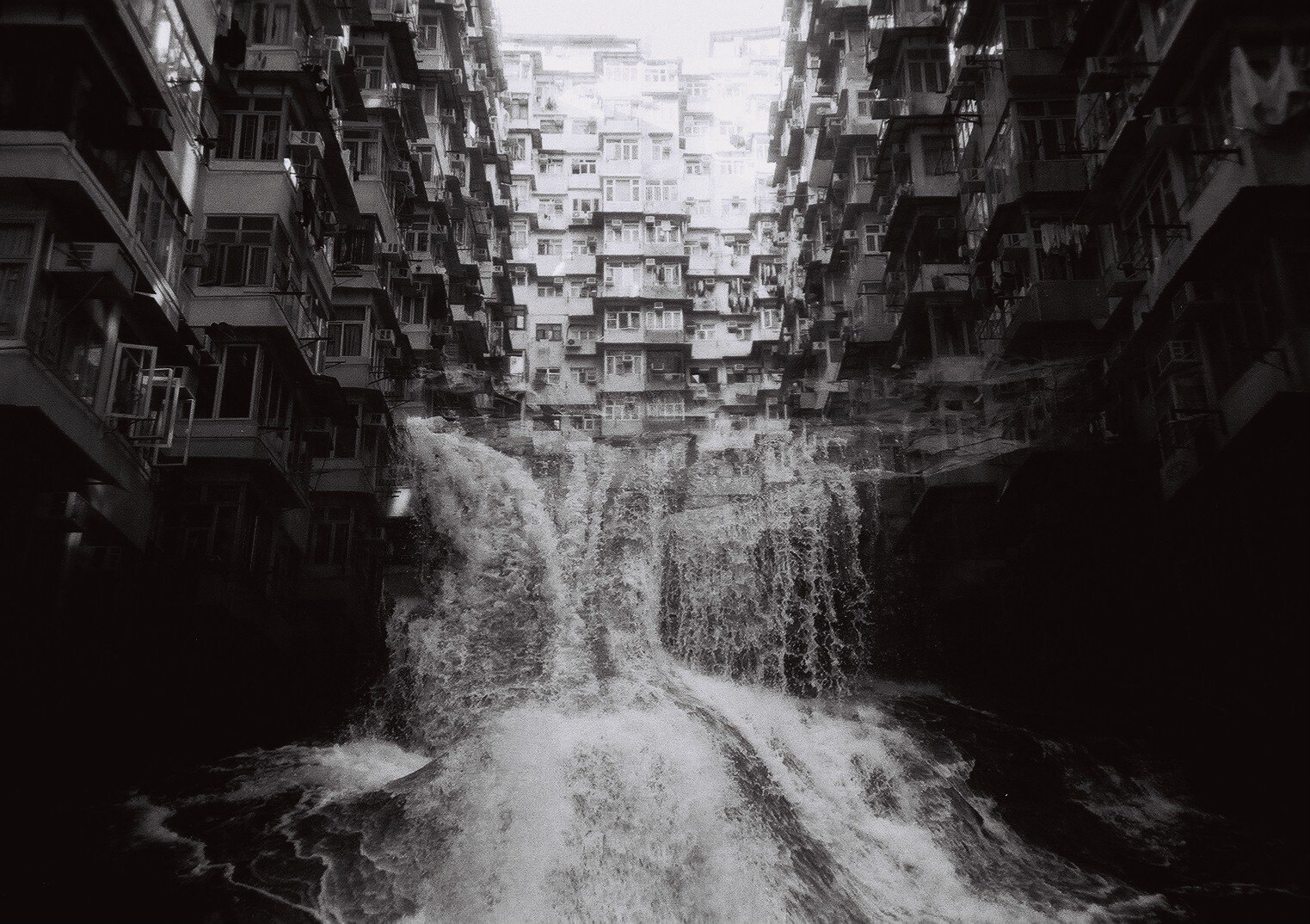


4. Minolta Prod 20’s
The most striking aspect of the Minolta Prod 20’s is its design, which harkens back to the early days of photography. The camera's body is reminiscent of the classic two-tone, metal and leatherette finishes found in many cameras from the early 20th century.
Upon its release, the Minolta Prod 20’s was seen as a niche product, appealing mainly to collectors and enthusiasts of retro-styled items. This hasn’t really changed today, fans of this camera seem to be buying for nostalgia and form factor, a piece for the shelf rather than a camera for rigorous use.
The Prod 20’s operates with a fixed focus system, which means it does not have autofocus. Exposure is automatic, adjusting the shutter speed according to the light meter's reading. It features a fixed 35mm f/4.5 lens, which is relatively sharp, a built-in flash, and an optical viewfinder. Nothing about this camera screams necessity, however it could make a book shelf stand out and be a good gift for the right collector.
5. Pentax Auto 110
The Pentax Auto 110 is a fascinating piece of photographic history, notable for being one of the smallest interchangeable lens SLR (Single Lens Reflex) systems ever made. Introduced by Asahi Pentax in 1978, it was designed to use 110 film, a cartridge-based film format that Kodak introduced in 1972. Interchangeable lenses on an 110 camera was/is very rare. The system included a range of lenses, such as a standard 24mm lens (equivalent to a 50mm lens in 35mm format), a wide-angle 18mm lens, and a telephoto 50mm lens. The camera offered automatic exposure control, with no manual exposure settings. It utilized an aperture-priority system and some models came with a built-in flash or even offered an external flash unit. This camera remains one of the most modular 110 cameras out there and feels like a lone anomaly among its kind.
6. Horizon 202
The Horizon 202 is a panoramic film camera manufactured by Krasnogorsky Zavod (KMZ) in Russia. One of the defining features of the Horizon 202 is its swing-lens mechanism. The camera's lens sweeps across the scene during the exposure, projecting the image onto a curved film plane. This method allows for capturing a wide field of view without the distortion typical of wide-angle lenses. The Horizon 202 captures images with a field of view of approximately 120 degrees, significantly wider than standard 35mm frames. This makes it ideal for landscape photography, architectural photography, and any situation where capturing the breadth of a scene in a single image is desired. It uses standard 35mm film, but each frame is approximately twice the length of a standard 35mm frame, allowing for wide panoramic shots.
The Horizon 202 offers manual control over exposure settings, and is equipped with a 28mm lens, optimal for panoramic shots.
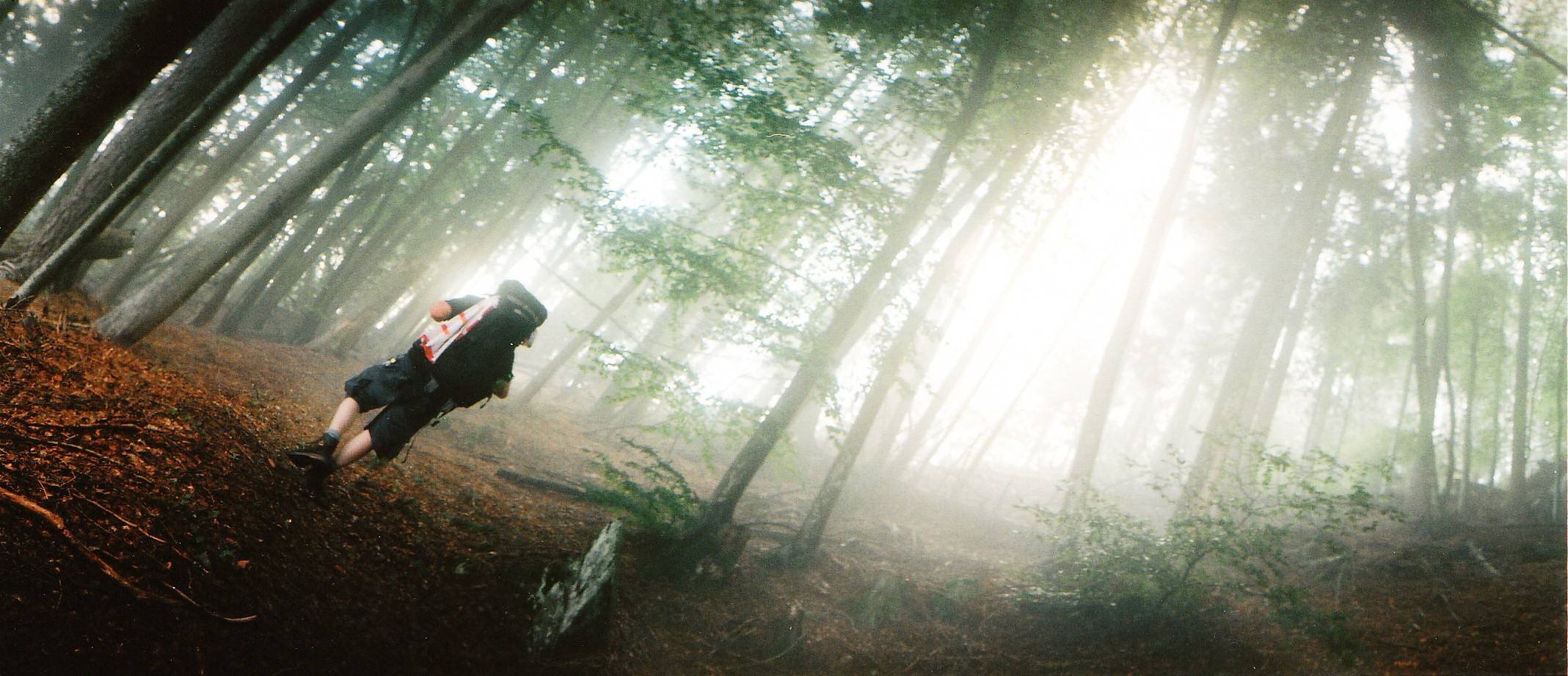

If you enjoyed this article please leave a comment and visit nicefilmclub.com for all your film development and scanning needs!





